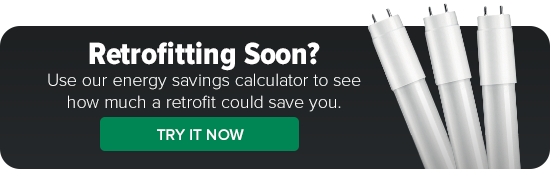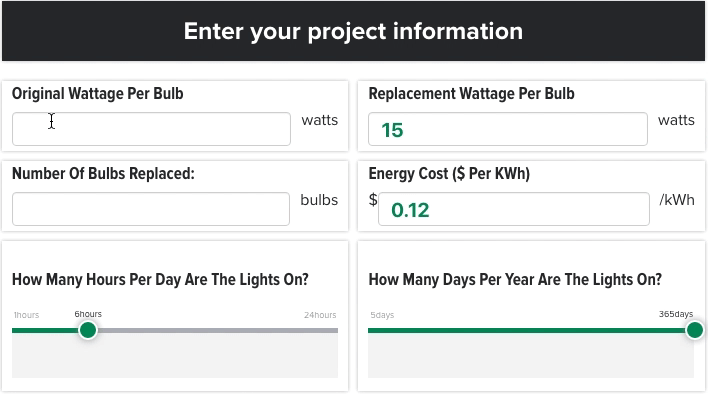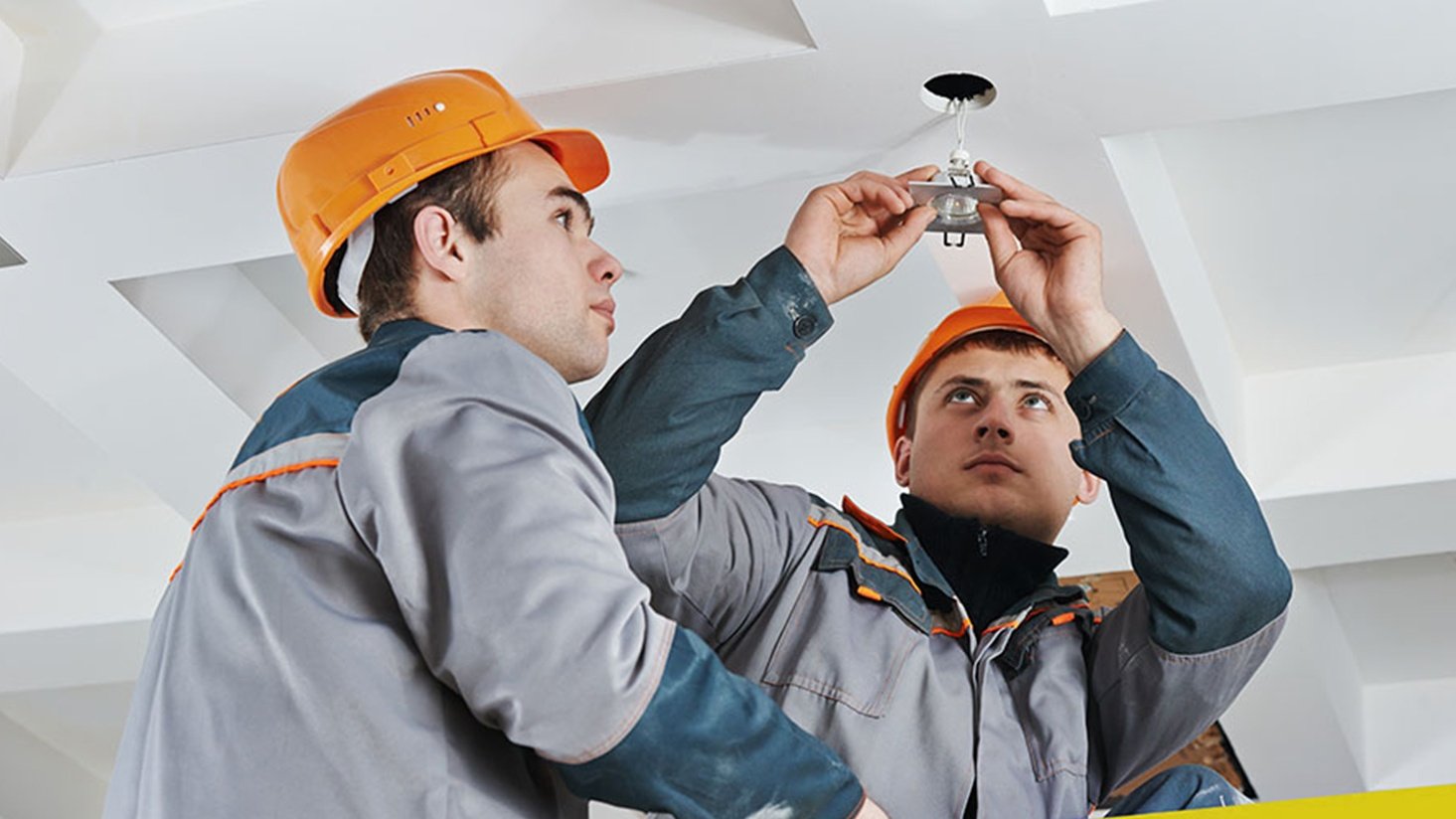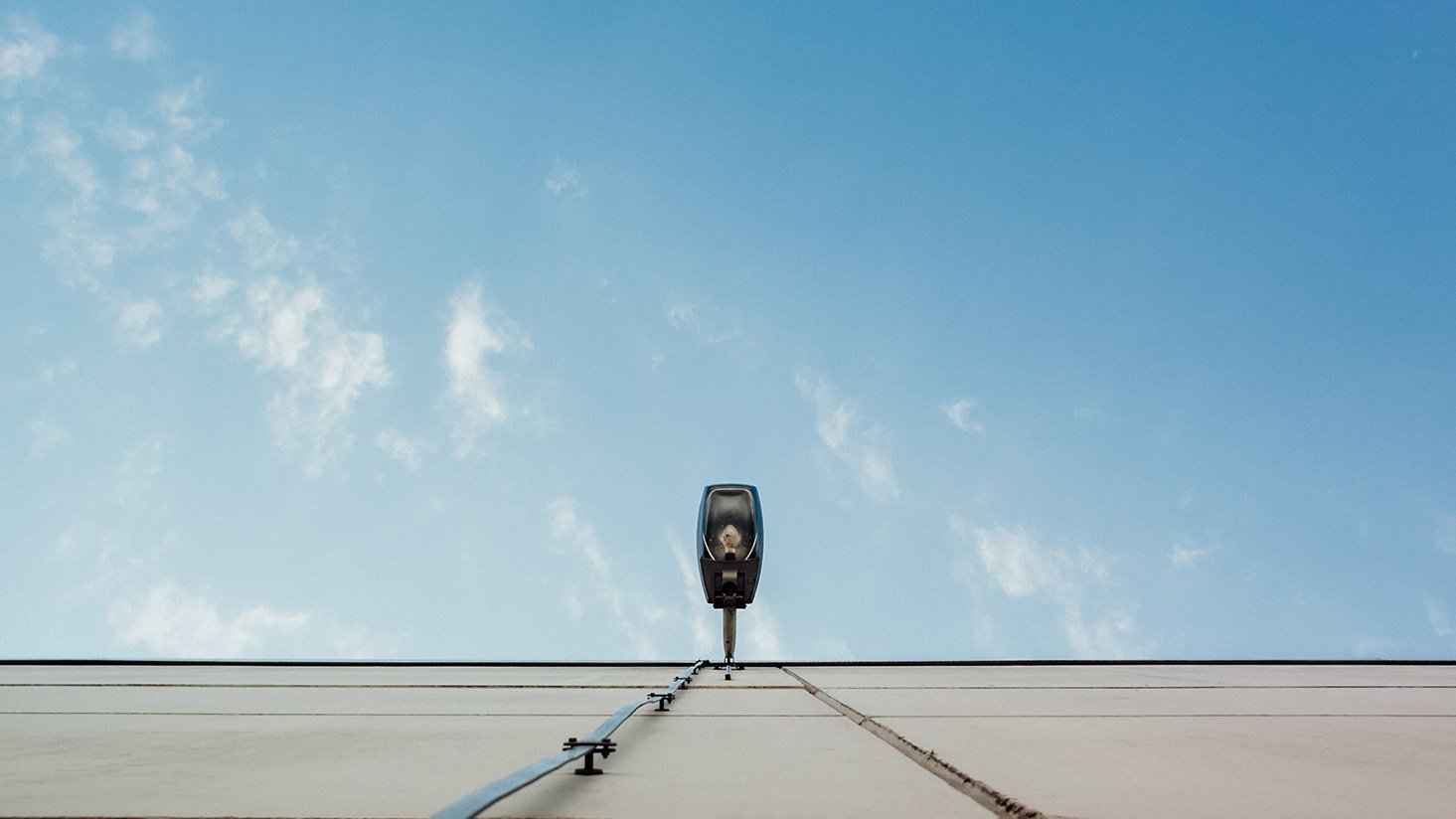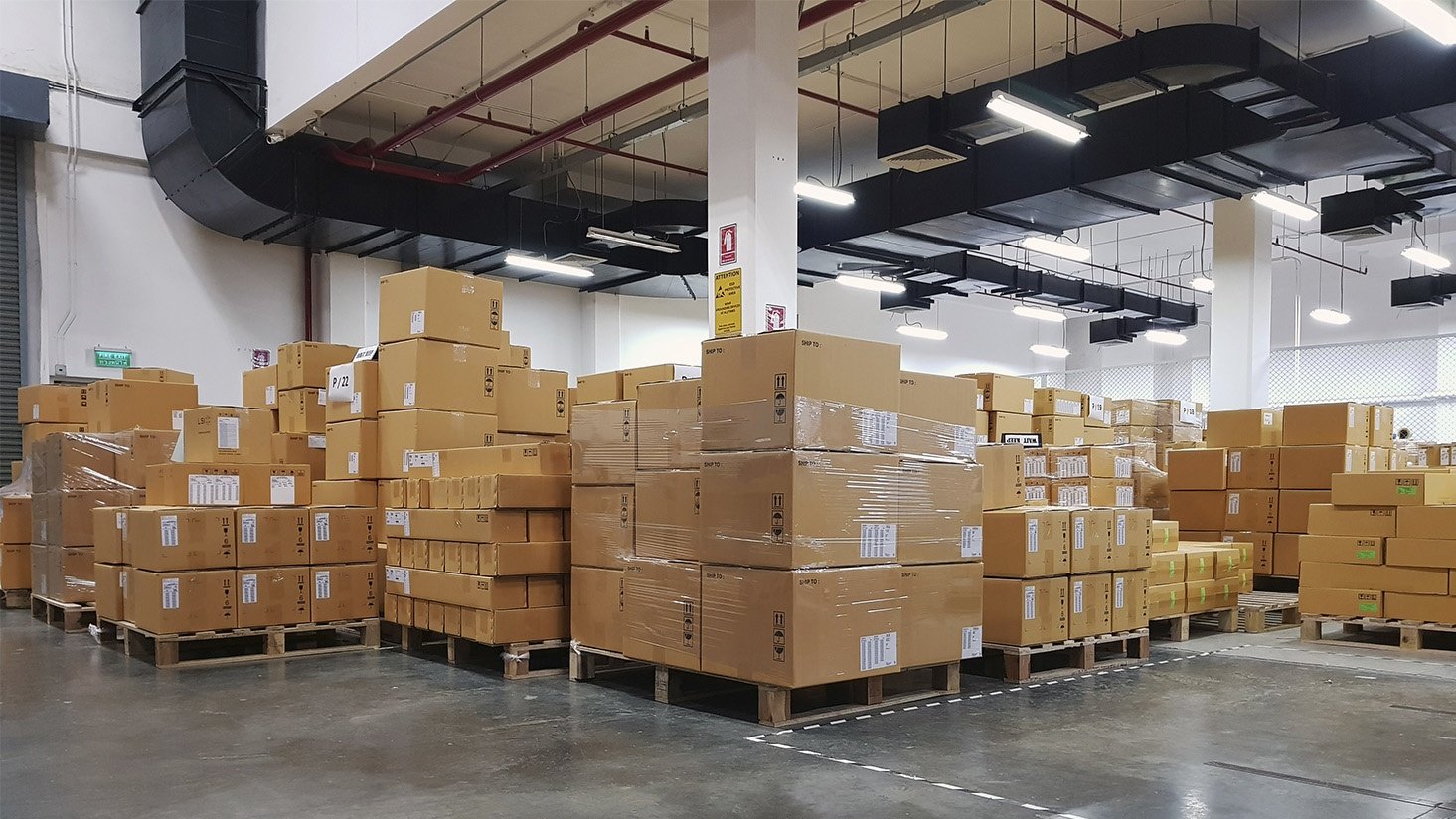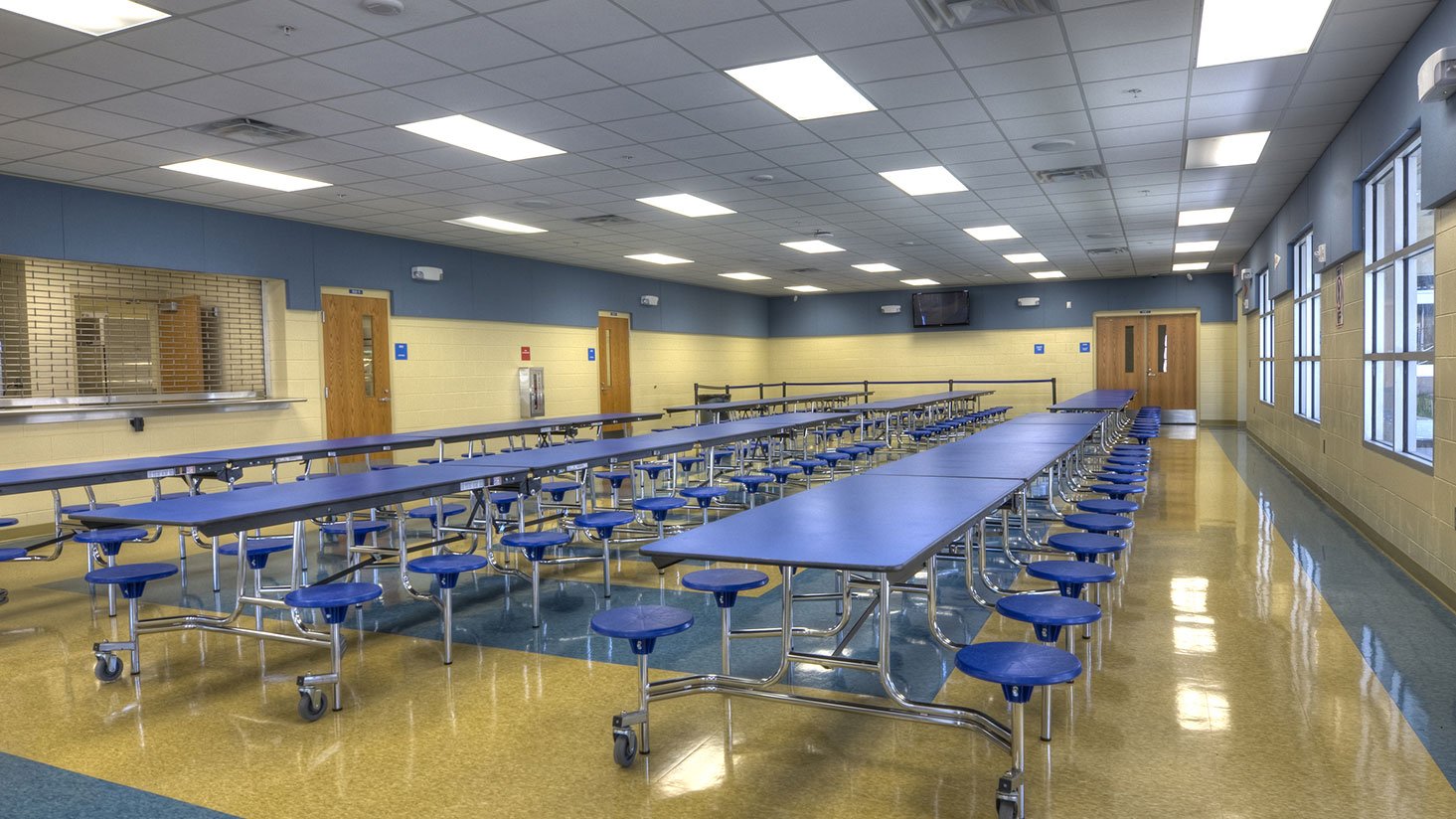The 4 types of lighting audits Regency recommends (and how to choose between them)

Completing a lighting audit is a helpful tool for keeping lighting projects on time and on budget. Are they a must-have?
Well, not on every project, but in some situations, the risks of foregoing an audit may greatly increase the likelihood of completing that project late or over budget.
What are the benefits of a lighting audit? In general, a quality audit will give you a better handle on the expected project cost and return on investment. Additionally, it will give you a clearer picture of installation conditions, minimizing surprises when it's time to install.
But if you immediately see dollar signs when you read the phrase "lighting audit," it's worth remembering that there are a number of ways to capture the necessary information based on the type of project. We've found that pairing the right audit approach can have a significant positive effect on our clients' success in completing their projects and meeting the goals imposed on them.
So, how do you know where to begin and what type of lighting audit you need?
Our retrofit services team completes hundreds of retrofit projects a year and has put together the helpful guide below to help you understand the difference between project types, lighting surveys, and lighting audits.
For starters, let's look at the two very basic categories of projects we encounter:
1. Simple lighting projects
A project qualifies as simple if the facility meets the following criteria:
- Building is less than 10,000 square feet
- Three or less lighting fixture types involved
- Only screw-in retrofits (no retrofit kits or fixture replacements)
- No advanced controls or dimming systems required
This type of project can still have a lot of moving parts and often spans a large number of locations, but the scope of the installation is relatively simple.
The most common example of a simple project is a retail store.
2. Complex lighting projects
A project qualifies as complex if the facility meets any of these criteria:
- More than 10,000 square feet in size
- More than three lighting fixture types
- Involves retrofit kits and fixture replacements
- Contains advanced controls or dimming systems
Complex projects usually take place in restaurants with a dimming system, shopping malls, university campuses, and commercial office buildings, among many other places.
A guide to Regency's lighting surveys and audit types
Once you've determined if your lighting project classifies as either simple or complex, you need to decide what type of lighting audit is best for your application.
There are four types of lighting surveys or audits we typically consider:
- Self Survey
- Regency Survey
- Lighting Audit
- Electrical Audit
*Please note that the types of audits offered by other companies may vary. The below is specific to Regency.
So how do you decide which type of audit/ survey is best for your project? We've created the following guide to help explain the difference between lighting surveys and lighting audits and help you decide which is right for your project.
| Self Survey | Regency Survey | Lighting Audit | Electrical Audit | |
| What is it? | Customer staff counts fixtures and applications from the floor and enters data into a simple form | Regency staff counts fixtures and applications from the floor and enters data into a form | Regency staff or a subcontractor opens a sampling of fixtures and logs data into a complex form | An electrician or qualified lighting auditor opens all fixtures, tracks electrical wiring for the lighting system, and documents egress and emergency lighting |
| What is the cost for simple projects? | FREE | Cost of travel | $500 per location + cost of travel | $2,500 per location + cost of travel |
| What is the cost for complex projects? | FREE | Cost of travel | $5k per location + cost of travel | $40k per location + cost of travel |
| How should I use the numbers? | Counts from the survey should be increased by at least 20% to address potential variance | Counts from the survey should be increased by at least 15% to address potential variance | Counts from the audit should be increased by at least 5% for retail and 10% for restaurants to address potential variance | This level of audit is typically not necessary on simple projects |
| How long does it take? | Total: 1+ weeks Customer determines audit start date. Regency requires one week to document data. |
Total: 3+ weeks Regency requires two weeks to coordinate travel and one week to prepare forms and logistics. |
Total: 4+ weeks Regency requires two weeks to coordinate travel, one week to prepare forms and logistics, and one week to prepare results. |
Total: 6+ weeks Regency requires two weeks to coordinate travel, two weeks to prepare forms and logistics, and two weeks to prepare results. |
| What are the cons? | Product counts, lighting applications, and installation conditions are typically inaccurate. | More accurate than self survey, but product counts, lighting applications, and installation conditions can still be inaccurate. | Cost and time to complete may be prohibitive. Lighting applications and install conditions are unlikely to be 100% accurate. | Cost and time to complete are highest. |
| What's the best use? | Use this option for budgetary estimates on simple projects. | Use this option for budgetary estimates on simple projects when customer staff is not the best choice for gathering data. | Use this option on most complex projects. | Use this option when absolute accuracy is required on the first audit or on highly complex projects. |
The advantages of using lighting audit software technology during audits
Regency uses lighting audit software for the sake of speed, efficiency, and reliability.
When our contractor partners are in the field performing lighting audits, they use a mobile app which allows them to systematically capture lighting information on the property they're auditing, which is uploaded in real time to a cloud-based platform our teams can access. This is a far flight from the coffee-stained, wrinkled forms with chicken scratch pen markings on them which have to get faxed or scanned from the field. Storing the data digitally aids our organization, too, as it keeps us and our contractors from the error of getting paperwork mixed up between locations.
Using this lighting audit software also greatly streamlines Regency's processes, allowing for multiple teams – from quotes to project management. Also, we can manually set up each audit form to best capture data on each store our contractors are walking through. From data storage to easy recording, leaning on this app is an enormous advantage for us in making sure the first step of a project goes well.
Here's the bottom line: we want you to be the hero of your retrofit project.
Understanding the options will help you make great decisions and set you up for success. Whether you're completing a simple project or a complex project, a lighting audit is an important tool for dialing in the right scope of work and minimizing budgetary and installation risks.
If you're ready to begin a lighting retrofit project but are still unsure of where to start, our lighting specialists can guide you in the right direction.